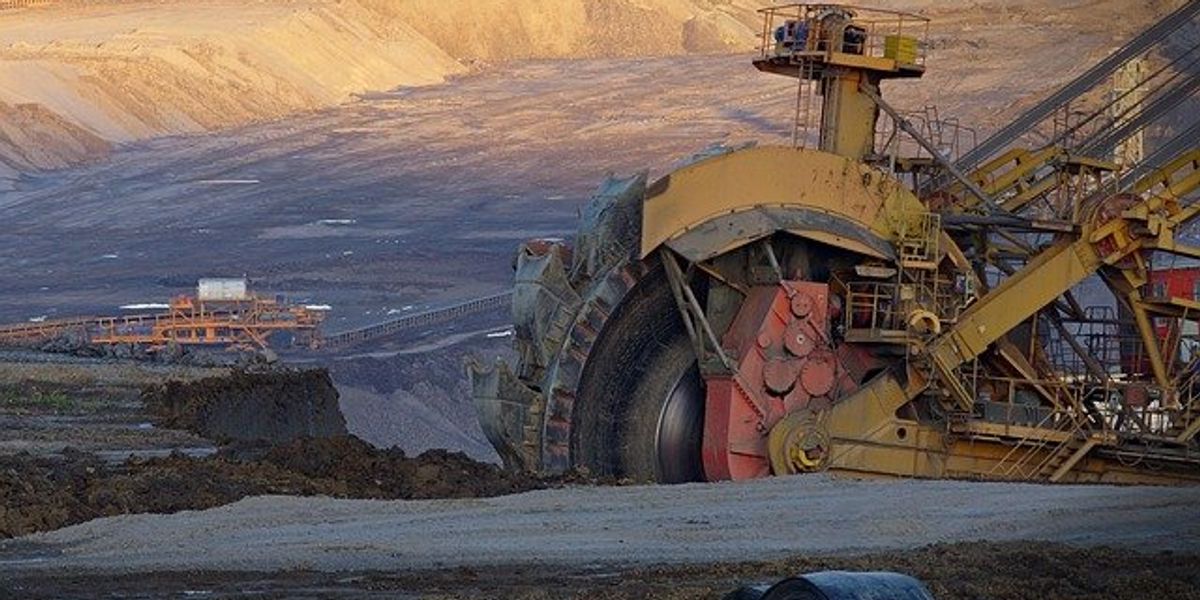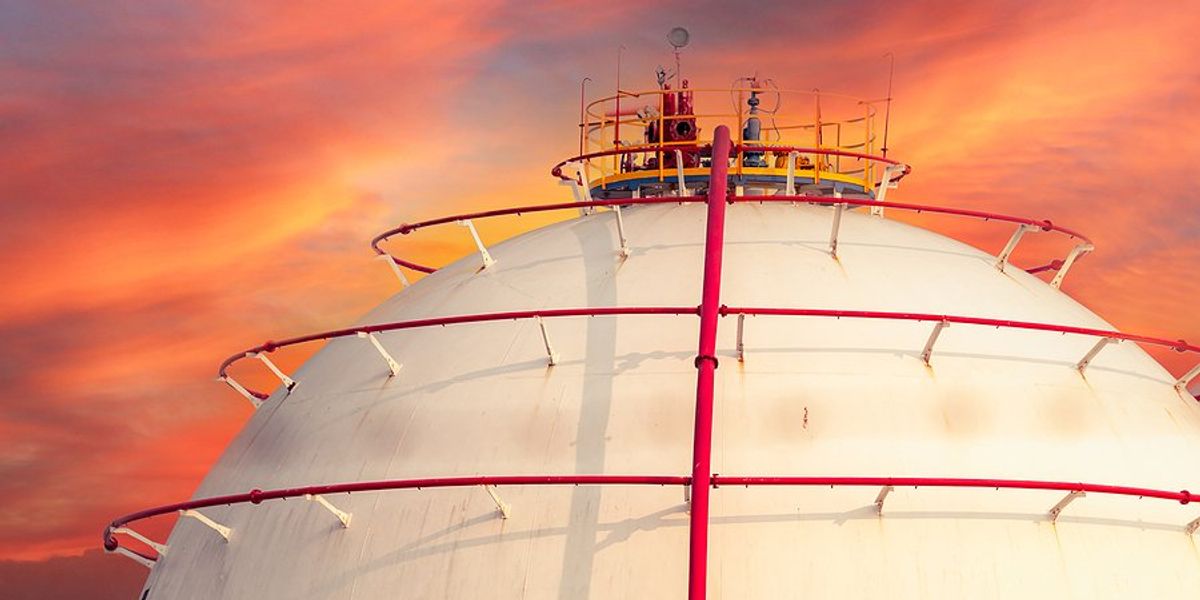
After decades of decreases, mercury rises in Great Lakes wildlife.
Toxic mercury is once again increasing in some Great Lakes fish and birds after decades of consistent, promising reductions.
Toxic mercury is once again increasing in some Great Lakes fish and birds after decades of consistent, promising reductions.
Scientists are still trying to figure out what's going on, but one of the suspected culprits in reversing decades of mercury reductions in wildlife is a climate change-induced increase in water temperatures.
Mercury is a known toxic—in wildlife it impairs reproduction, growth, behavior, or just flat-out kills them. The reports of increases are a surprise as there's been steady progress on mercury since the 1970s. Fewer domestic coal plants, accountable for about half of U.S. mercury emissions, helped decrease pollution.
From the 1970s to the early 2000s, Great Lakes wildlife saw regular, consistent reductions in mercury loads.
But mercury travels the globe, and as coal has taken off in places such as Asia over the past 20 years so, too, has the atmospheric export of toxic mercury. Those additions have offset coal reductions in the U.S. and Europe. In addition, climate change is altering how legacy chemicals are stored, transformed and transported in land, water and air.
Warmer water more quickly converts mercury to its more toxic form—methyl mercury. This form also more quickly accumulates in fish and birds, with each step of the food chain more contaminated than the previous.
Warmer water also does not dissolve oxygen as well as cold water, so fish have to pump more water across their gills, which can lead to more contact with toxics in the water.
Also more rainfall—total annual precipitation has increased 11 percent in the Great Lakes since 1900—means more flooding. "Flooding takes a lot of earth off the surface, this erosion of soils and sediments carries mercury and methylmercury," said Agnes Richards, a researcher at Environment and Climate Change Canada
It's another ecological problem borne of the complex interplay of toxics, global warming, our food and, ultimately, our health.
In the most recent study to report this mercury increase, Richards and colleagues looked at total levels of mercury in herring gull eggs, lake trout, walleye and rainbow smelt at 22 sites across the Great Lakes over the past 42 years. For roughly the first three decades—1974 to the early 2000s—mercury decreased in all species at all of the places they tested. Then things changed.
In the 2000s, trends for herring gull eggs reversed at four sites—two in Lake Erie, two in Lake Ontario. The same trend happened in some fish during that time—mercury increases occurred in lake trout in Lakes Superior, Huron, Erie and Ontario.
Some walleye and rainbow smelt from Lake Erie also saw increases.
The findings are just the latest from the region. Researchers found a mercury increase in walleye from Ontario, Canada, five years ago.
Loons in northern Wisconsin were experiencing a 1.8 percent per year increase in mercury blood levels from 1992 to 2010, according to a 2011 study. And, after decades of decline, bald eagles from Voyagers National Park in Minnesota have mercury gradual increasing in them, according to a 2011 study.
“We're seeing a pattern: This is not a one shot deal," said Charles Driscoll, a professor and researcher of environmental systems engineering at Syracuse University.
Chemicals' behavior in the environment is complex, and scientists are not totally clear as to the reason for the mercury increases. Other possibilities behind mercury increases include invasive species altering food webs, lower water levels, more exposed shoreline and decreased nutrient loads.
But in the Great Lakes the further north you go, the more increases in wildlife mercury levels there are, which strengthens the theory that climate change is playing a role, said Bruce Monson, a research scientist with the Minnesota Pollution Control Agency.
Climate change is having a more pronounced impact on northern, colder lakes. On Lake Superior—the largest, deepest, coldest and northernmost of the Great Lakes—average ice cover has decreased from 23 percent to 12 percent over the last century, and summer temperatures have increased about 6.3 degrees Fahrenheit over the same time.
Over the past century temperatures have increased about 2 degrees Fahrenheit in the Great Lakes region as a whole.
And just in the past 40 years, ice cover on the Great Lakes has declined by 71 percent total.
“If you look at the distribution of climate change responses in the atmosphere, it's stronger at higher latitudes. We see a lot of warming at the poles," said Jay Austin, a researcher and professor of physics and astronomy at the University of Minnesota, Duluth Large Lakes Observatory.
Bringing back coal. And mercury.
This contamination is worrisome for people throughout the region as mercury is highly toxic and has long prompted fish consumption advisories throughout the Great Lakes and regional inland lakes, rivers.
Eating polluted fish is the primary reason for human mercury exposure. The toxic is most harmful to fetuses, babies and children, as it can prevent proper brain development. Children exposed to mercury in the womb are more likely to have problems with memory, attention, language and motor skills.
"We're seeing a pattern: This is not a one shot deal."-Charles Driscoll, Syracuse University
A health survey of Michigan, Wisconsin and Minnesota found that 8 percent of newborns had mercury levels above the safe limit set by the U.S. Environmental Protection Agency.
Mercury gets into the air and water from manmade sources such as the burning of fossil fuels. An estimated 37 percent of current annual human mercury emissions are due to such burning, mostly coal. Another 25 percent of emissions are estimated from small-scale gold mining.
China and India have dominated total mercury emissions over the past decade or so. But even with their gains, mercury emissions peaked in the 1970s and have been “relatively stable" since, according to a report last year.
In 2016, U.S. coal production hit its lowest point since 1978, according to the U.S. Energy Information Administration. And despite global mercury transport, local emissions reductions matter—in December researchers reported that from 1992 to 2014 mercury concentrations in Northeastern U.S. air dropped significantly as a direct result of closing and cleanup up coal-fired plants in the region.
However, this trend is in jeopardy as President Donald Trump has signaled a desire to both bring back coal and do away with environmental and health regulations that target it.
President Trump has vowed to cut Barack Obama's 2013 Climate Action Plan, including the Clean Power Plan, which aimed to slash greenhouse gas emissions from electric utilities by about 30 percent.
The EIA's short-term energy outlook, revised earlier this month, estimates a 7 percent increase in U.S. coal production in 2017. In October, before the election, it forecast a 1.4 percent increase.













